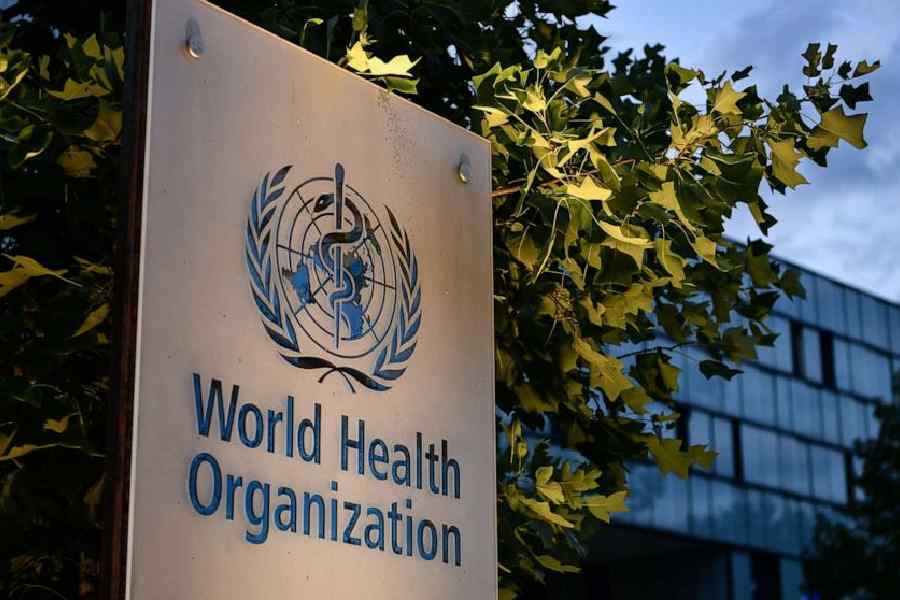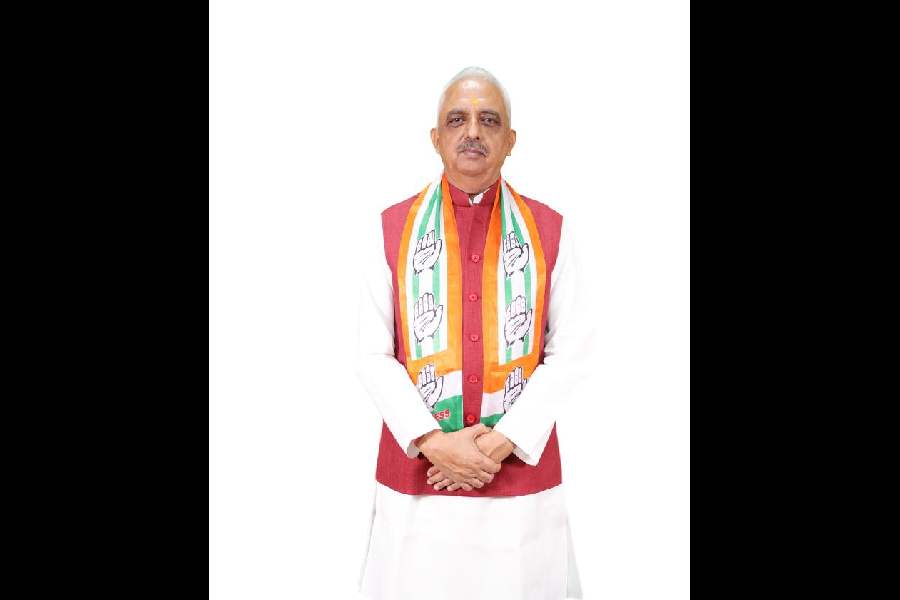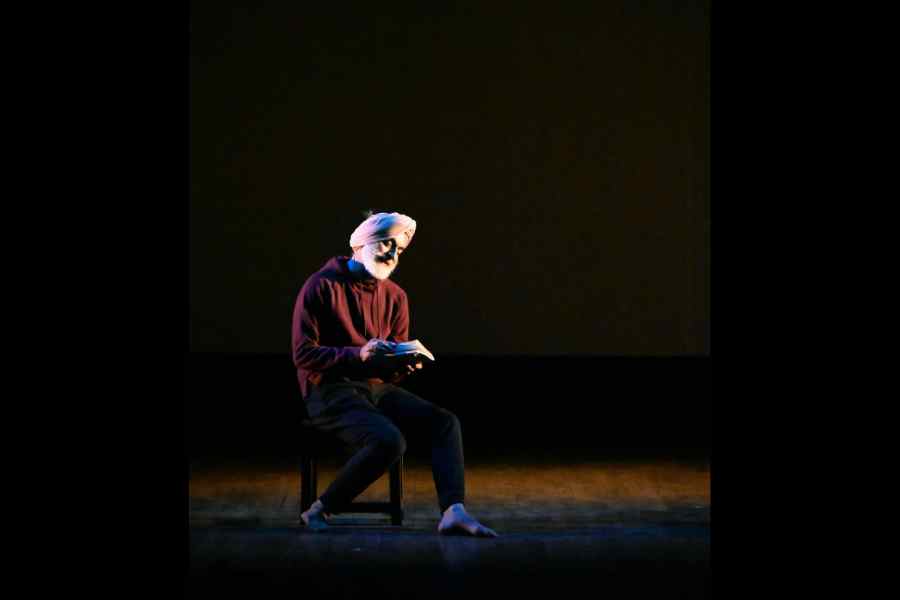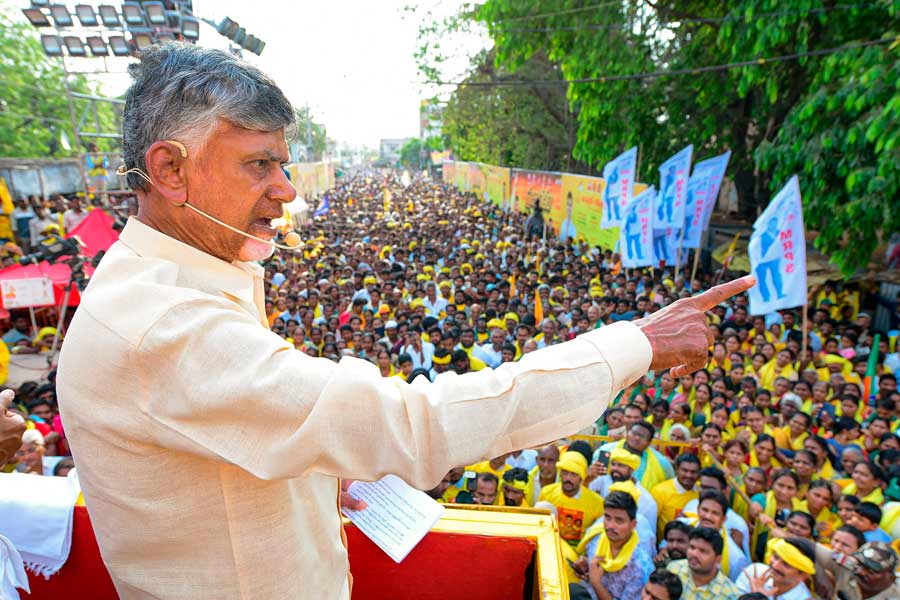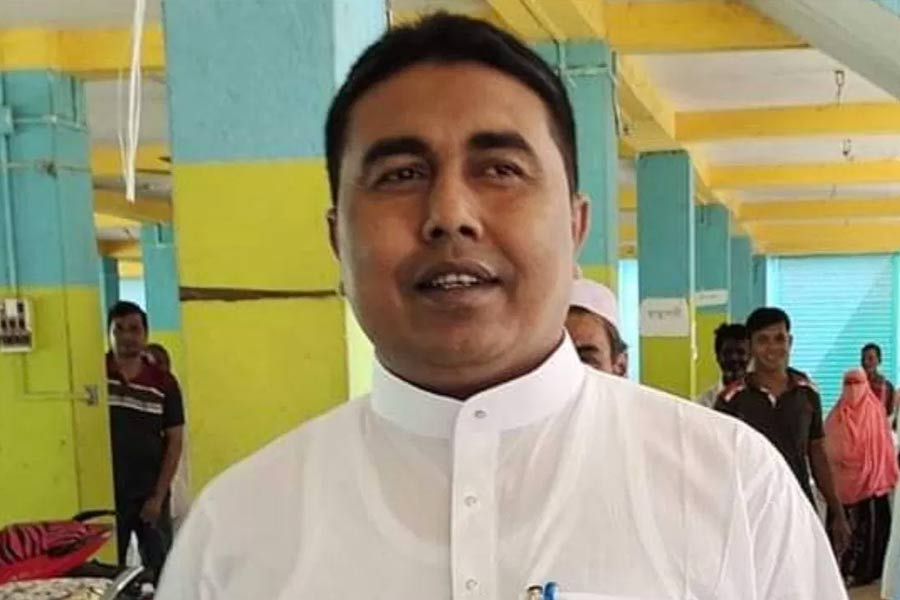India would need to more than double its count of people with blood pressure under control to achieve even a 50 per cent control rate, the World Health Organisation (WHO) said on Tuesday in its first-ever global report on hypertension.
“In order to achieve a 50 per cent control rate, 67 million more people (in India) with hypertension would need to be effectively treated,” the WHO said, flagging concerns about a large proportion of patients with uncontrolled hypertension.
The report’s India section said 188.3 million people in the 30-79 years age group have hypertension, of whom 37 per cent have been diagnosed and 32 per cent receive treatment, but only 15 per cent have their high blood pressure under control.
The prevalence of uncontrolled hypertension — a condition that can trigger heart attacks or strokes — globally has declined slightly from 29 per cent in 2010 to 26 per cent in 2019, the report said. But this rate of decline is “insufficient” to achieve the voluntary global target of 21 per cent by 2025, it said.
The worldwide count of people living with hypertension — defined as blood pressure of 140/80mmHg or higher or taking medication for hypertension) has doubled from 650 million to 1.3 billion between 1990 and 2019, the report has estimated.
The report said nearly half of people with hypertension globally are currently
unaware of the condition which can also lead to kidney damage, among other
health disorders. Old age and genetics increase the risk of hypertension, but so do high-salt diets, lack of physical exercise and excess alcohol.
India’s mean salt intake is about 10gm per day, double the 5gm per day threshold under 2019 data. Over a third of adults in the country are physically inactive,
another risk factor for hypertension.
“Hypertension can be controlled effectively with simple, low-cost medication regimens, yet only about one in five people with hypertension have controlled it,” Tedros Adhanom Ghebreyesus, WHO director-general, said in a statement.
“Hypertension control programmes remain under-prioritised and vastly underfunded.”
Hypertension control
The WHO report has also outlined how a Union health ministry initiative to provide high-quality treatment for hypertension had expanded to 155 districts in 27 states by June 2023 after interventions by WHO’s consultants to salvage the programme’s credibility.
The ministry had launched the India Hypertension Control Initiative (IHCI) in 2018-19 to expand evidence-based treatment protocols, uninterrupted drug supply, and patient-centred care but the availability of medicines “emerged the biggest challenge” soon after the launch of the IHCI.
“The situation initially discouraged (patients) from returning to facilities for follow-up visits in some areas. The programme was at risk of losing credibility,” the report said.
In addition to the challenges of public procurement experienced in most countries, it said the methods of forecasting and procurement were inadequate to meet the requirements of the scaled-up hypertension control initiative. There was also no mechanism to facilitate linking patient load to drug stock in health facilities.
The WHO-recruited consultants working with the ministry and other partner agencies provided technical support and training to strengthen the medicine supply chain, including facilitating the development of state-specific treatment protocols, forecasting drug requirements and linking stocks with patients’ loads in health facilities.
These interventions helped ensure adequate stock and equitable distribution that made it possible to decentralise the programme to over 18,000 health and wellness centres.

